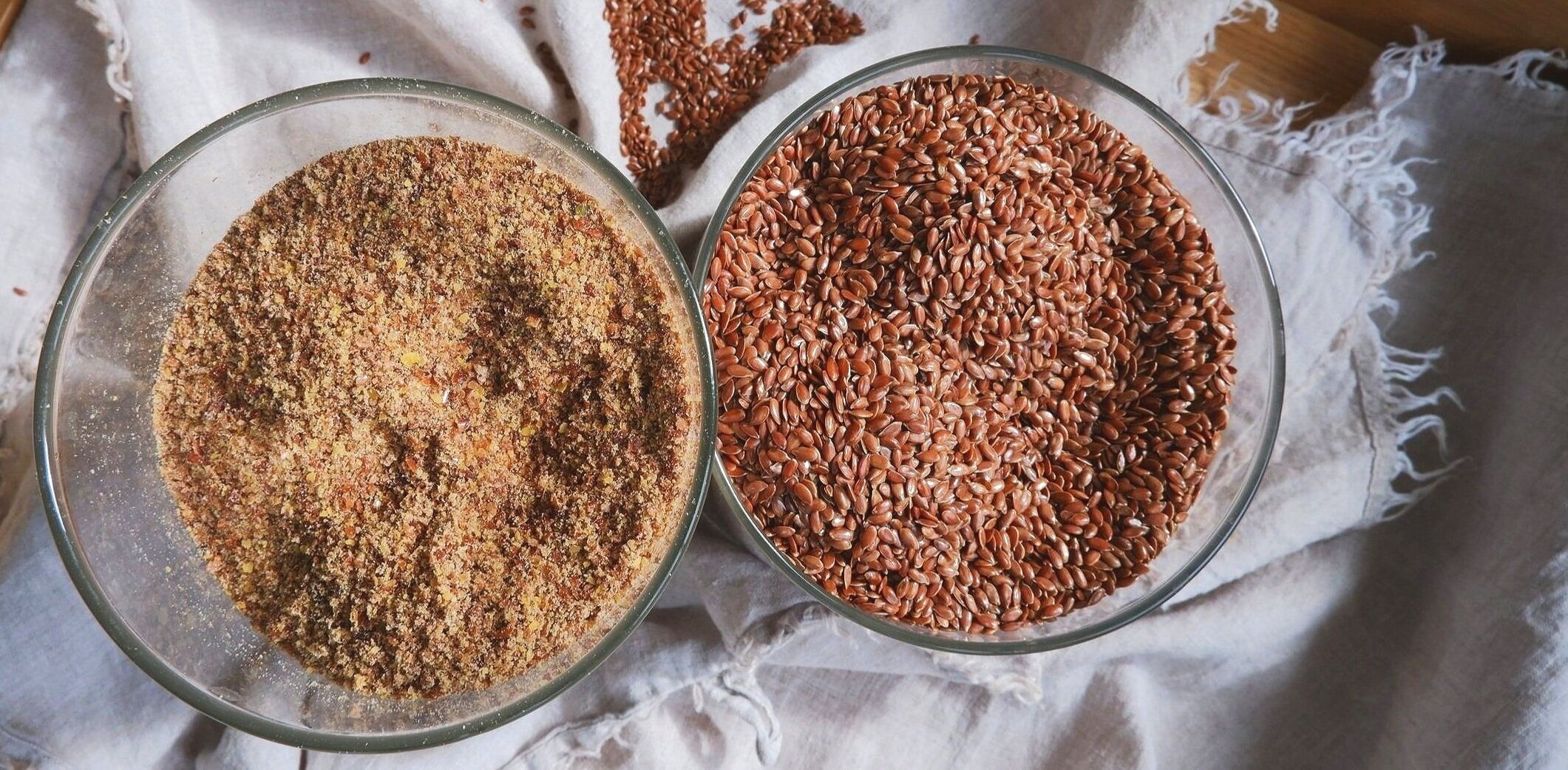Flaxseed (or Linseed)
Incredibly useful as a binding substance in your cooking and baking, as well as brilliant for your body. Let’s look at flaxseed today!
Fragrant, binding and packed with nutrition
You may know them as flaxseed or as linseed. They’re exactly the same, and different people call them different things. I see flax used most often and that’s what I use. But you do you! And yes, linen is made from the flax plant (from the stem, that is). Flaxseeds are small seeds from the flax plant (or Linum usitatissium), and they vary between golden and dark brown seeds, with slightly, but not massively varying nutritional properties.
It is recommended to grind the seeds as that makes them much easier to digest (there’s no danger in eating them whole, but you risk them coming out similar to how they looked when they went in, if you get me).
Flaxseeds are great for fibre, so brilliant for your digestion and can be a great help if you’re feeling constipated, and more importantly, supports your incredibly important gut bacteria. They are also high in Omega 3, the ALA type, which helps lower your cholesterol and reduces inflammation in the body, and is also linked to reduced risk of heart disease and stroke!
Have you heard of lignans? (My dictionary had not, and put a red line under it, so I had to double check!) They are potentially cancer-fighting compounds and you get those in flaxseeds too, in much higher quantities than most other plants.
Studies show that flaxseeds help lower blood pressure when consumed regularly.
So yeah, a pretty incredible seed. And the other great news is; flaxseeds are so easy to incorporate into your diet. My favourites are sprinkling some on my porridge or over a bowl of yoghurt and nuts in the morning, I always add a bit in with my pancake batter - it helps bind things too, which you can see in my flax egg recipe. I’ve never actually used flax oil, but it’s apparently very versatile and can be used in both cooking and salad dressings. Maybe I should try that next!
Do you use flaxseed regularly? How do you use them in the kitchen? Message me on Instagram @TheFromScratchBody!
